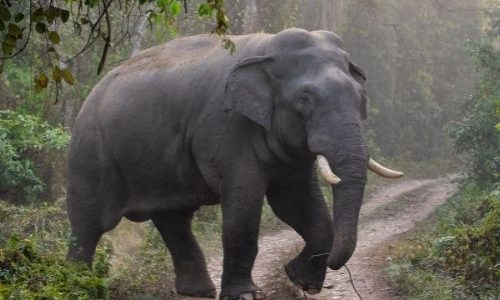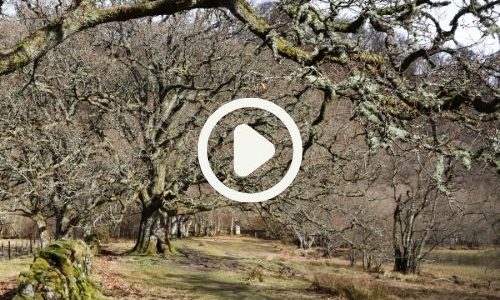Before the enforcement of Wildlife (Protection) Act of 1972, limited wildlife shooting was permitted here. The working plans in the initial 70–80 years of the management history (1896–1973) aimed only at obtaining more revenue out of the forest wealth. Later 1973 onward from there was a shift with the inclusion of wildlife conservation initiatives in the working plans.
On August 14, 2005, declared the area as a Conservation Reserve by the Honourable President of India Prof. A.P.J. Kalam .
The spectacular terai landscape of the study area is a mosaic of short and tall grasslands, tropical mixed moist deciduous forests, and secondary scrub.
Throughout the landscape, shifting of river channels over time has left behind many old channels where numerous seasonal and perennial swamps (“tals”) or wetlands occur.
The central swamp zone represents one of the above swamps such-oxbow-lake formed along the eastern bank of River Ganges. Surrounding areas get submerged during the monsoon. A number of small rivulets (total 30-32 in number) emerge from the woodland and discharge into Jhilmil Jheel, which finally drain into the Ganges. Most of them provide water throughout the year, while some dry up for about 6-7 months. The reserve area also receives water from the Shivaliks formations of Chidiyapur and the adjacent ranges such as underground streams, locally called “Choyas.”


